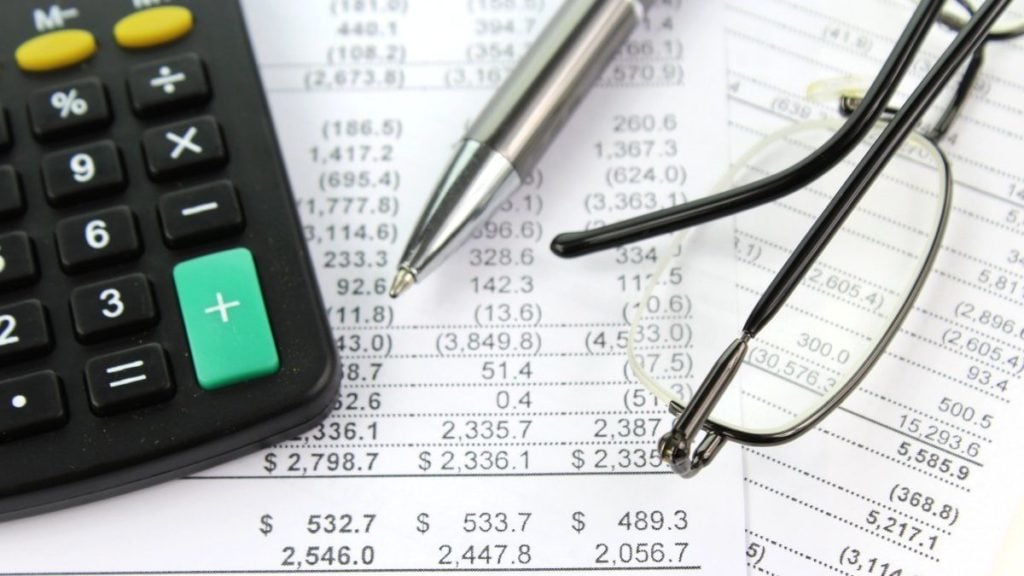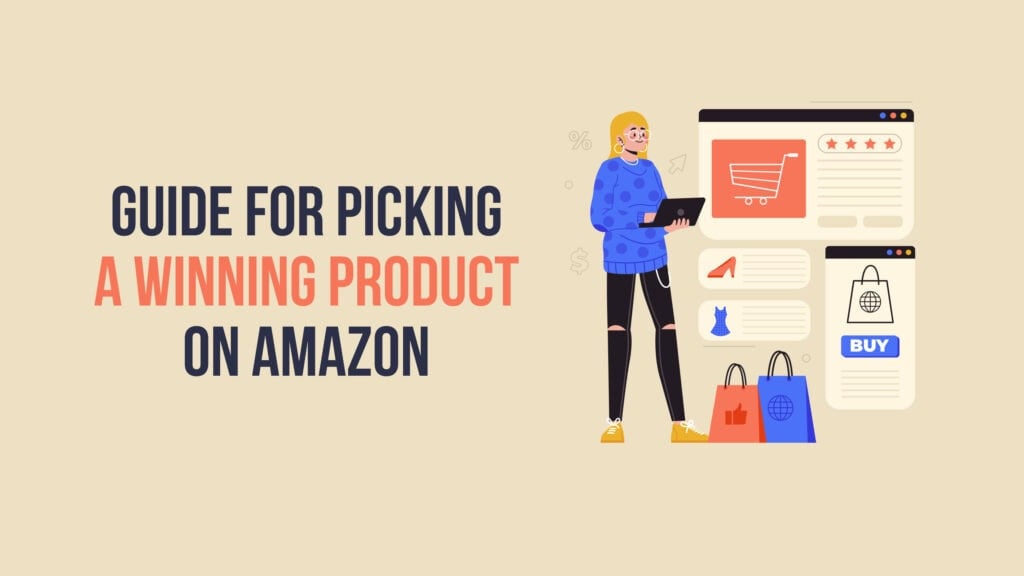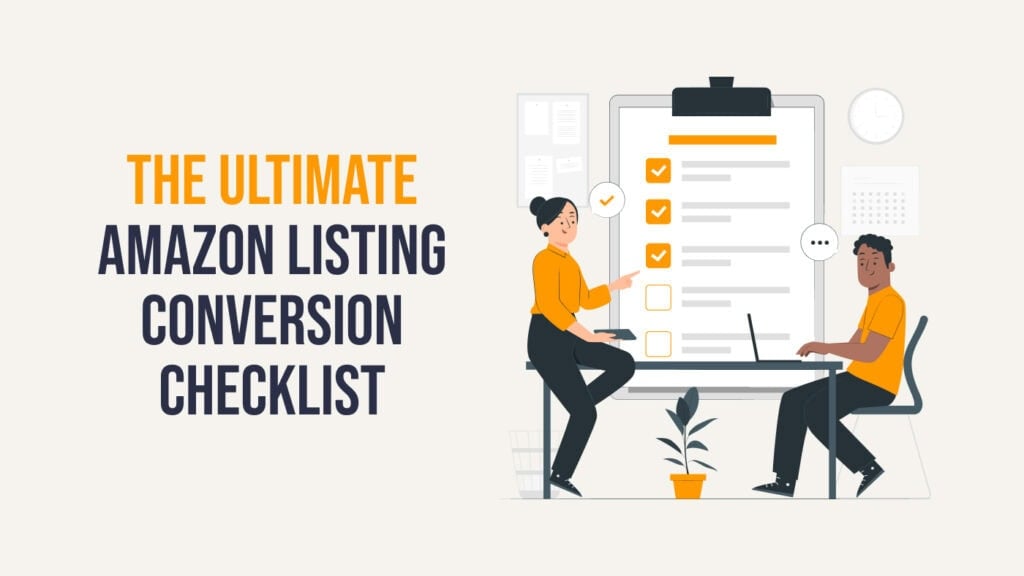Building a profit-loss statement can be crucial for an entrepreneur when they begin looking for traditional capital from investors and financial institutions.
But not all entrepreneurs have finance degrees. So how can entrepreneurs who are seeking capital compose a solid profit-loss model - one that will allow an emerging business to generate a profit-loss statement?
Getting Started with P&L Statements
Profit-loss statements, or income statements, are the product of operations. A structured and detailed profit-loss statement (P&L) is one of the first internal documents any entrepreneur should assemble.
The P&L statement concisely surmises the positional value of virtually all transactions in a company. A business should at minimum consolidate a P&L statement quarterly.
Being able to analyze P&L statements is a skill to sharpen as well, once the basic inputs for a P&L model are clearly understood. The basic inputs that should be included in any entrepreneurs P&L model are: Sales, Costs, and Profit.
Believe it or not, Sales, Costs, and Profit are the only components of the P&L statement. Below are detailed explanations of each.
Sales
Sales can be understood as any transaction that results in the business taking in funds. It does not matter what is sold. While the majority of this category will be the products and/or services that the business provides, but some less frequent items included on the P&L statement under sales are: the proceeds from bond sales, proceeds from selling land, proceeds from selling equipment, and proceeds from residual value realization of depreciated assets.
Sales should be broken down into a few different categories. The first category should be proceeds from primary business activity, i.e. selling your products and/or services. Proceeding subcategories in sales should be by type or sales, i.e. “long-term assets sales” or “land sales.” Financial institutions will look for this breakdown, so it serves the entrepreneur best to already be tracking this information from day one.
Costs
Costs should include all expenses from business activity and non-business activities. Traditionally, the first subcategory under the Sales category is “Cost Of Goods Sold,” more commonly known as COGS. COGS is the price incurred to generate the inventory that will be sold, including salaries of workers. Additional subcategories under Costs would be the expense of funds for transactions such as capital acquisitions, non-favorable legal settlements, and supplies.
Costs should properly reflect all expenses, leaving out a subcategory may be a tempting method to make a business appear more profitable, but it is effectively seen as “cooking the books” by financial institutions. Also, just because a business’ costs exceed sales does not mean the business is not worth of financing, in fact the more information broken down in the cost sections gives a bank a better ability to analyze a business’ health, thus increasing transparency.
Profit
This is the simplest of the sections; it is the difference of the Sales and Costs sections’ totals. Thought there are a few different steps that can be done beyond simple subtraction. A particularly useful metric is “margin.” An entrepreneur can calculate the margin of their business by using the following formula:
This margin is not the operational margin which is usually used to derive the level of profit created from each dollar spent of C.O.G.S. This margin looks how much profit, or loss, is generated by each dollar incurred upon the business.
Proving Value with Data
The P&L statement will serve as concrete proof that the business is viable and scalable. Also, tracking P&L quarterly, or even better monthly, will serve as a superb tracker of the growth of a fledgling business.
Are you an entrepreneur with a product business that's growing, but you need support to take your business to the next level? Find it in our Tribe, a community of successful entrepreneurs who share strategies, research, tools and more to help each other build brands and wealth. Learn more about the Tribe here.
If you'd like to meet some of the members of the community before joining, register for The Capitalism.com Conference happening this December 7-9 in Austin, Texas. Register for CapCon today and we look forward to seeing you there!
MORE FINANCE ARTICLES ON CAPITALISM.COM:
• How Will Automation Impact Investors in the Future? A Deep Dive with Charles Hugh Smith
• Expert Who Sold $1 Billion in Real Estate Cautions Current Market Investors
• Why a Long-Term Investment Strategy Matters – An Audio Series on Bond Investing











